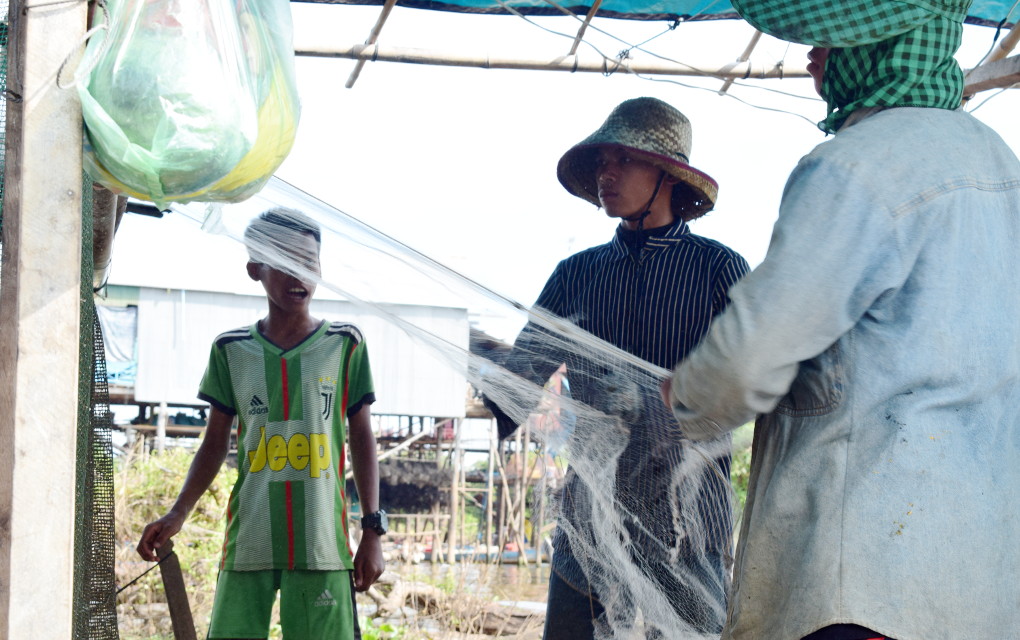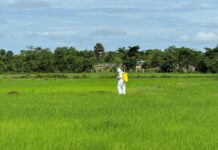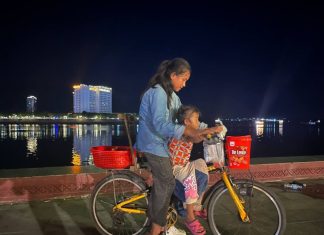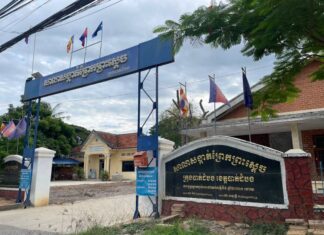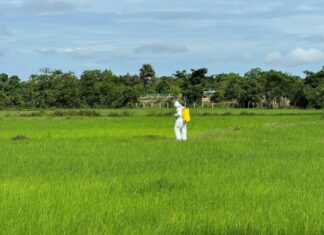Low water levels are causing fishers to compete to catch dwindling fish stocks around Tonle Sap lake, with the daily haul down to about half compared to last year, some said.
River levels have been hitting record lows this year following an unusually short rainy season that some have attributed to climate change.
Soy Keo, acting president of the Coalition of Cambodian Fishers, said five provinces around the Tonle Sap lake were seeing worryingly low catches.
“The fish haul has decreased over 50 percent compared to last year,” said Keo, 43, who fishes himself in a floating village in Pursat province.
Keo suggested three reasons for the declining catch: more competition, illegal fishing and climate change.
More people were fishing the same areas due to low water levels, including some who had turned to fishing because their rice paddies were dry, Keo said.
Increasing numbers were also turning to illegal fishing — using electric shocks to kill fish and nets with holes smaller than allowed — to try to increase their catch, he added.
Some of the problems are long-standing. Illegal fishing has destroyed natural fish nurseries and is leading to smaller fish sizes and diversity, according to business website Capital Cambodia.
The Agriculture Ministry’s six-monthly report for the first half of the year, released in August, also noted that climate change was linked to flooding and low river levels, affecting fisheries. Illegal fishing also remained a problem, the report said. Furthermore, people were cutting down trees along shorelines in order to farm, destroying habitats where fish can breed, it said.
Ros Vuth, a 62-year-old fisherman in Siem Reap province, also complained of a lack of fish in the Tonle Sap and surrounding rivers.
The rainy season was unusually short this year, and tributaries in his area returned to their low dry-season levels within two to three months, Vuth said. Usually, the process took six months, he said.
“This year was the fastest [to return to] low tide,” he said. “This month the rivers are dry.”
Yong Kim Eng, president of the People Center for Development and Peace, said he hoped authorities and stakeholders could work to find a solution for fishers.
The low water levels were also causing environmental degradation, Kim Eng added.
“It causes the loss of some species of fish and biodiversity, especially along the Mekong and Tonle Sap rivers,” he said.


